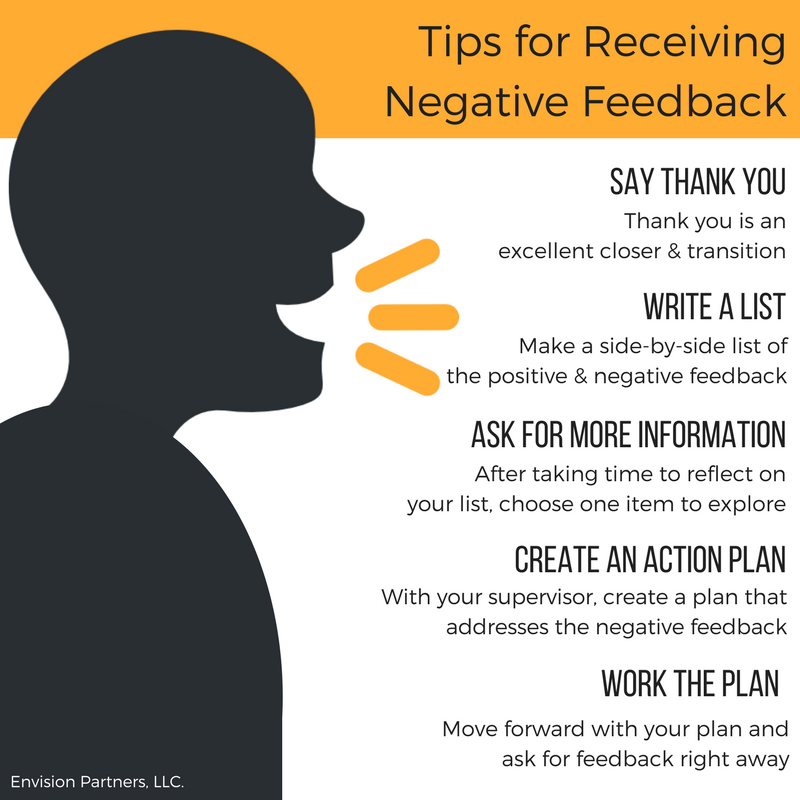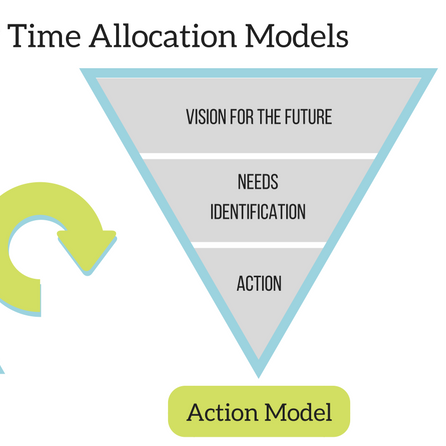Email by Any Other Name
Like most parents, my wife and I are concerned about how much “screen time” our kids have. We would rather that they hang out with friends, read and do homework. However, when we address screen time with our children we quickly learn that, while this time is correctly categorized as time looking at a screen, it’s not appropriate to associate screen time with wasted time. In fact, the kids are hanging out with friends, reading and doing homework. (Yeah, there’s Snapchat and movies mixed in there too.)
At work, we worry a lot about how much time we spend “doing email”. We often relegate “doing email” to specific blocks of time; we procrastinate “doing email”. “Doing email” implies that we could be doing something else and that email is an activity separate from all of those other work activities or projects that we could be doing otherwise.
However, like screen time is a part of other important activities (hanging out, reading, homework), email is also an important part of other work activities. As part of our work, email has many purposes such as making announcements, providing updates, record keeping, delegating, direction, alignment, brainstorming, learning, networking within or about specific projects or initiatives. We might be better served to see email not as an additional activity, but as a part of our work.
How many times have you heard or said, “I have so many meetings, I can’t get any work done.”? Like screen time and email, meetings are part of our work, not separate from our work. Some momentum exists to reframe different kinds of “meetings” with different purposes to better support the project of which they are a part. There are short meetings; long meetings; tactical meetings; strategic meetings; one-on-one’s, off-sites; standing (literally) meetings; hallway meetings; sessions; gigs or parties, for example.
There have come to be different types of electronic communication such texts, Tweets, pod-casts or slide share. These different methods serve different purposes. Unfortunately, our email systems don’t easily facilitate differentiating the purposes of electronic communication or separate messages according their purpose or the project to which they pertain. All email comes to the same address, goes in the same box, has the same priority. The only differentiator we use is when they arrived. While we have come to realize that we don’t have to attend every meeting, we often feel we have to look at each email (or feel guilty for not having done so). There are tools like flags, colors, folders, proper use of subject lines that can help us. Lesser-used tools are filters and automated filing. I am also aware that those of us of a certain vintage use email for everything rather than other, more appropriate forms of electronic communication that would reduce the number of email messages.
I am not going to solve the feeling of email and meeting overload in an article, but what I want us to do is try reframing these activities to see them not as stand alone additions to our work, but rather see them as an integrated part of our work. A new perspective might change our attitude about email and meeting (like it has for me about screen time), and reframing might help us to start using these tools in different and more appropriate ways.











